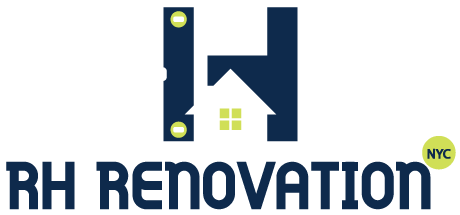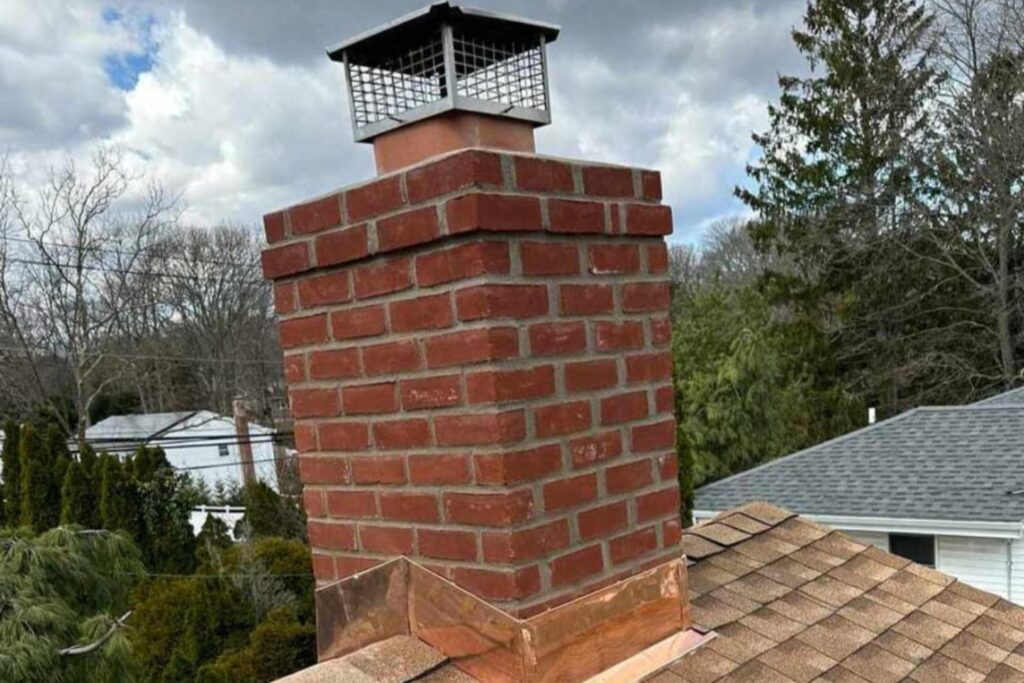Did you know that, according to the Chimney Safety Institute of America (CSIA), tens of thousands of chimney-related house fires occur annually? Or that a faulty chimney can be a direct pathway for deadly carbon monoxide to enter your living space?
If you heat your home with a fireplace, wood stove, or even a furnace or boiler vented through the chimney, the hidden structure inside—the chimney liner—is your home’s unsung hero. It is the crucial component standing between your family’s safety and these serious hazards.
At RH Renovation NYC, we operate with the expertise and experience to state confidently that investing in a functional, correctly installed chimney liner is arguably the single most crucial chimney safety upgrade a homeowner can make. It’s not just about efficiency; it’s about protecting your property and, most importantly, the people inside.
What Is a Chimney Liner and How Does It Work?
Simply put, a chimney liner (or flue liner) is a continuous, protective barrier inside the chimney masonry. It’s essentially a vertical pipe that runs the entire height of the chimney, from the firebox (or appliance) up to the crown.
The liner’s primary function is to contain the byproducts of combustion—smoke, hot gases, creosote, and corrosive acids—and channel them safely out of your home. Without a proper liner, these gases and heat would immediately attack the surrounding brick and mortar, dramatically increasing the risk of fire and structural failure.
The three most common types of liners are:
- Clay Tile: The traditional material, often found in older homes.
- Metal (Stainless Steel): The most popular choice for modern chimney liner installation due to its durability.
- Cast-in-Place: A seamless, concrete-like material poured inside the chimney for structural restoration.
Top 5 Reasons a Chimney Liner Is Crucial for Safety
If you’re considering a significant home improvement, consider this: investing in a new liner is a proactive safety measure that pays for itself in peace of mind and home protection. Here is why a chimney liner is essential:
1. Prevents House Fires by Controlling heat
When you have a fire in your hearth, the temperature inside the chimney can reach hundreds of degrees. Masonry alone does not provide adequate insulation against this heat. A functional chimney liner acts as a thermal barrier, preventing intense heat from penetrating the brick and mortar and igniting nearby combustible materials, such as wood framing, attic insulation, or adjacent walls. A damaged or non-existent liner turns a contained fireplace into a significant fire risk.
2. Blocks Carbon Monoxide Leaks
Carbon monoxide (CO) is an odorless, colorless, and deadly gas. An unbroken liner ensures a clear, tight pathway for exhaust gases from your fireplace, furnace, or boiler to vent completely outside. Cracks in an unlined or damaged flue can allow these toxic gases—including CO—to slowly seep through the chimney’s structure and into your home. This protection alone makes a chimney liner replacement a non-negotiable safety measure for homeowners.
3. Protects Chimney Masonry from Deterioration
When wood or fuel is burned, the exhaust contains acidic moisture and creosote. Over time, these corrosive substances attack the internal mortar joints and masonry of the chimney, causing them to weaken, crumble, and eventually fail. The liner shields the chimney’s structure, significantly extending its lifespan and preventing costly structural damage. This is especially vital in older chimneys.
4. Improves Heating Efficiency and Draft
Appliances like wood stoves and high-efficiency furnaces require a flue of a precise size to create the necessary draft and vent efficiently. A certified professional will install a liner sized exactly for your appliance. This better-sized flue ensures a proper draft, preventing smoke from backing up into your home and allowing your appliance to burn fuel cleanly and efficiently.
5. Keeps Your Home Code-Compliant
In many areas across New York and New Jersey, building and fire codes legally require that an operational heating appliance be vented through a properly lined chimney. If you sell your home or file an insurance claim after a fire, the absence of a functional liner can lead to significant complications or denial of coverage. A modern liner helps keep your home and insurance policy in good standing.
Signs Your Chimney Needs a New Liner
Your liner doesn’t last forever. If you own an older home, it likely has a clay tile liner that is well past its prime. Be on the lookout for these warning signs:
- Cracked or Missing Tiles: Visible damage to clay tiles inside the flue during an inspection.
- Rust Stains: Rusting on the inside or outside of the chimney can indicate moisture damage due to a failed liner.
- Smoke Entering Your Home: An immediate sign of a poor draft, often caused by improper liner sizing or blockage.
- Poor Appliance Performance: If your fireplace is challenging to start or your furnace has a weak draft.
- Flaking Mortar: Deteriorated mortar joints that can be scraped out easily, often found behind cracked tiles.
- Professional Inspection Reports: The most reliable sign—a certified chimney inspection and repair company will identify liner damage using specialized cameras.
Professional Installation Matters
Because the safety of your home depends on correct liner sizing and installation, this is absolutely not a DIY project.
You need to hire a certified chimney professional with the expertise and experience to:
- Perform a Level 2 Inspection: This involves using a camera to assess the existing liner and chimney structure thoroughly.
- Determine Proper Sizing: They will calculate the exact liner diameter needed to safely and efficiently vent your specific heating appliance (fireplace, wood stove, or gas appliance).
- Install to Code: Whether it’s a flexible stainless steel liner or a seamless cast-in-place system, they ensure the installation meets all fire, safety, and local building codes.
The professional installation process ensures the liner is sealed from top to bottom, guaranteeing it contains HeatHeat, blocks corrosive gases, and protects your masonry for decades.
Your Safety Starts with a Chimney Liner
A chimney liner is much more than just an upgrade; it is an essential safety feature for any home with a heating appliance. Ignoring a damaged or outdated liner is gambling with the possibility of a devastating fire or a silent, deadly carbon monoxide leak.
Don’t wait until you see smoke inside your living room or receive a frightening report during a home sale. Take action to ensure your venting system is safe, efficient, and compliant with all relevant codes.
Protect your home and family today. Schedule a thorough chimney inspection and repair service with our trusted professionals to determine the status of your existing liner and discuss your optimal chimney liner replacement options.
Rely on Local Expertise for Your NY Chimney Needs
As dedicated chimney safety experts based in NY, we understand the unique demands that our climate places on your home’s structure. Whether you’re navigating a confusing insurance claim, considering a vital chimney liner installation, or simply need a thorough chimney inspection and repair, our commitment to local homeowners is built on expertise and trust.
Don’t settle for generic advice when your family’s safety is at stake.
Contact RH Renovation NYC today to schedule a comprehensive chimney assessment. We provide the authoritative advice and trusted service that New York homeowners need to keep their homes safe, efficient, and up to code.



